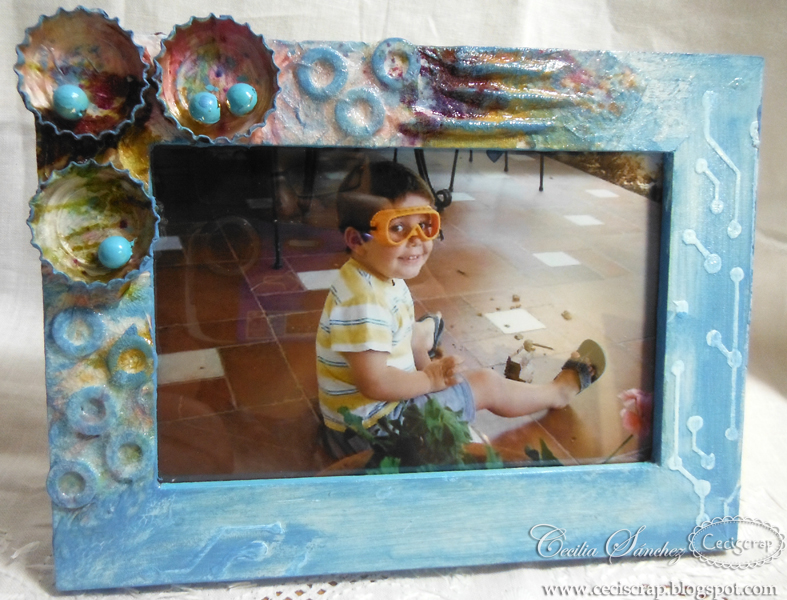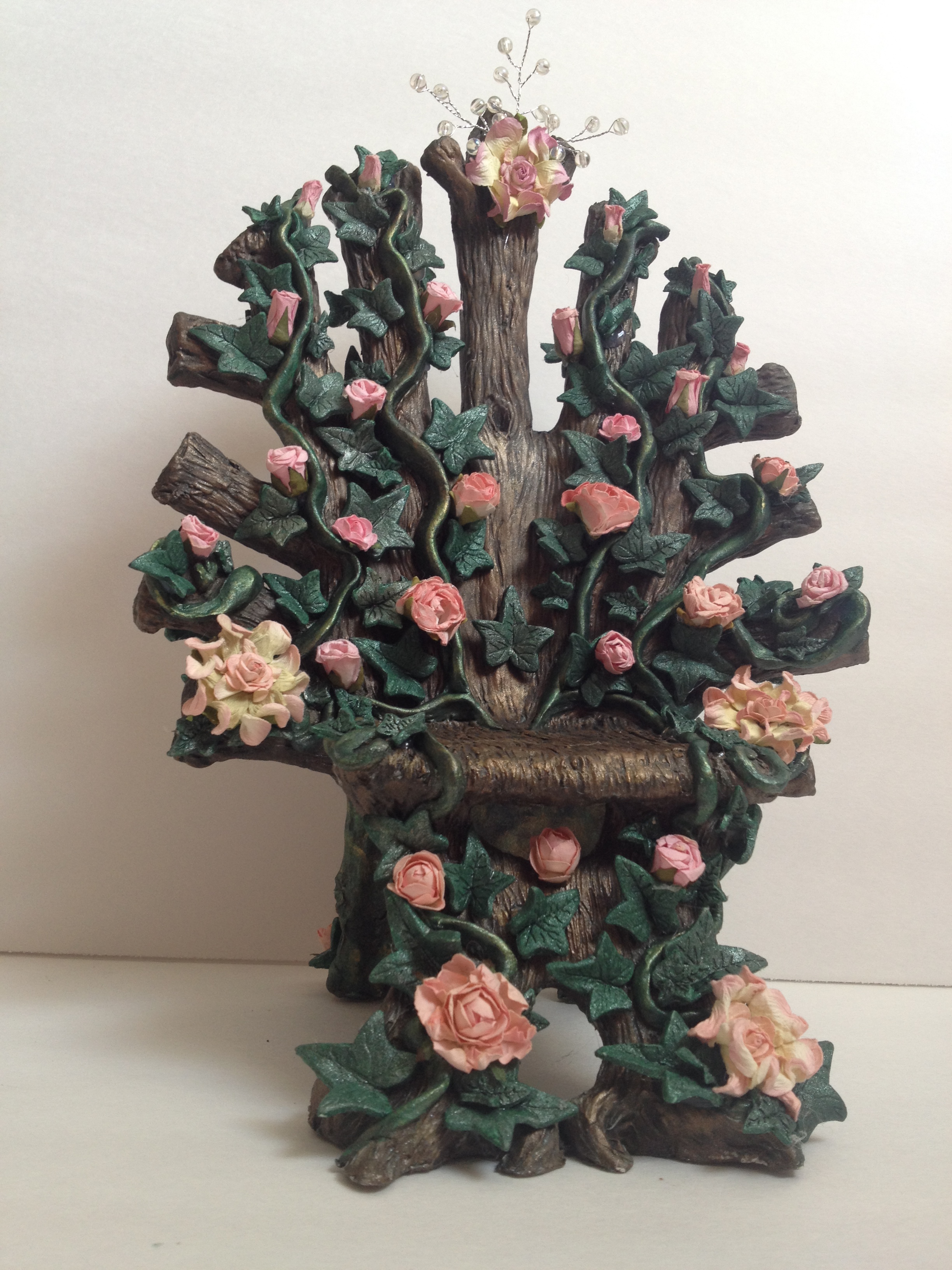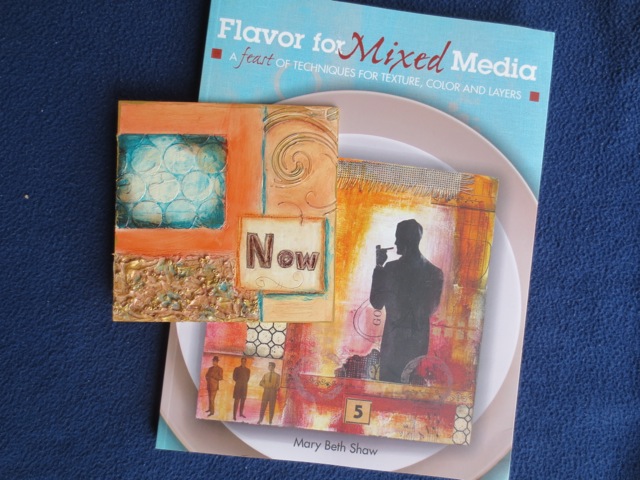Kelley has this simple project where she will be making a layout that can be used as a scrapbook page, framed art, or just wall décor using 3 name brand products. Using a kit she purchased from scrapbook Diaries, consisting of papers, frames, flowers, sprays and even micro beads. Being her first creation that has been made on paper instead of wood or canvas could pose surprising results. This is how she did it:
- Getting papers layered and glued in place. The texture is rough though and the brown color is not so pleasing but the use of gesso over it before adding any paint, spray or color technique helped achieve a perfect feel.
- Adding the regular gloss gel and micro beads to give it some texture. It dries clear and the beads are clear which give it a shine.
- Colors that come with the kit - Amber and Dark Brown Chalk spray – while added give it a sparkle.
- Embellishments are then added and the final step is putting it all together. Adding some gloss Mod Podge over the top gives it that glorious shine. And your project is done.












